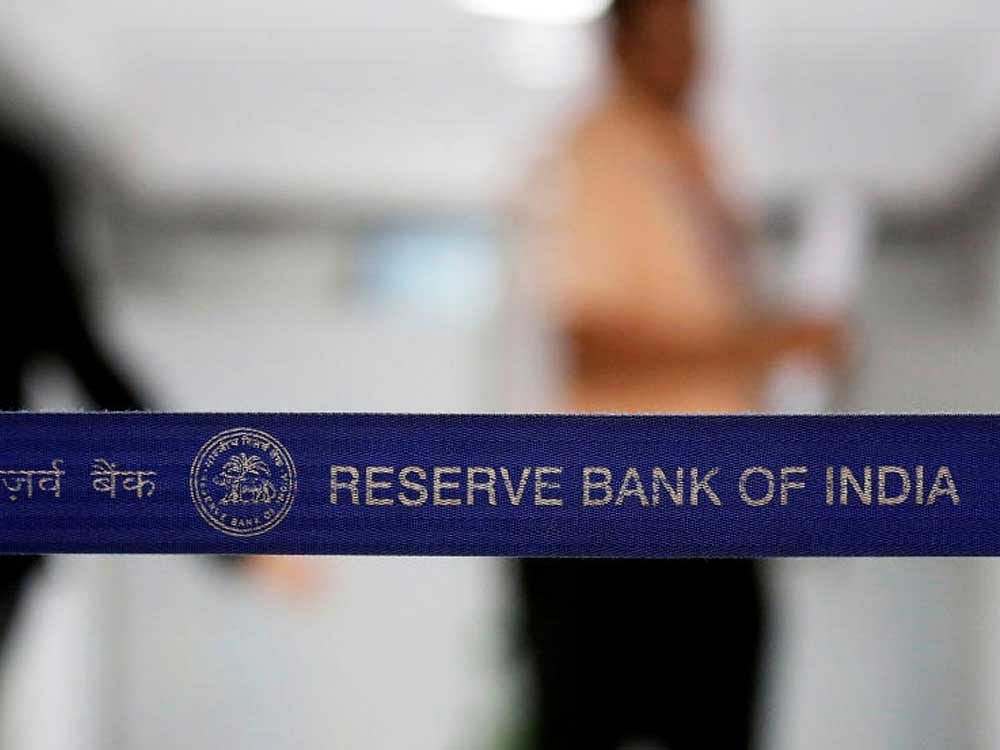
The RBI’s Monetary Policy Committee will hold its first policy meeting for the financial year 2019-20 on Thursday. It is expected to lower the repo rate by 25 basis points (bps) or 0.25%.
What is the repo rate (and reverse repo rate)?
The repo rate or the repurchase rate is the rate at which the central bank of a country (Reserve Bank of India, for instance) lends money to the commercial banks. Currently, it is 6.25%. Reverse repo rate is just that – the reverse of repo. It’s the rate at which the central bank borrows money from commercial banks. When banks have excess funds, they lend it to RBI and earn short-term interest. Currently, it is 6%.
What are other key policy rates?
The other key rates to watch out for when the RBI puts out its policy statement on Thursday are: Cash Reserve Ratio (CRR) and Statutory Liquidity Rate (SLR). The CRR is the percentage of total deposits that a bank needs to maintain with the RBI at all times. Currently, it’s at 4%. The SLR is the percentage of total deposits that the bank maintains in the form of liquid assets such as cash, gold and government and other RBI-approved securities. Currently, it is at 19.25%. The higher the CRR and SLR, the lesser the funds available to the bank to lend or invest.
Why does the RBI have all these rates and ratios?
The RBI’s primary function is to control the supply and cost of money (credit). That is, it determines how much money is available for banks to lend to industry and individuals and at what cost. In other words, the RBI controls the liquidity and interest rates. It does so through these rates and ratios. Lowering CRR or SLR makes more money available to lend (enhances liquidity); raising them tightens money supply. Banks determine their lending rates for customers based on the repo rate.
When does RBI change repo rate?
The RBI changes the repo rate based on movements of retail inflation – which is gauged by the Consumer Price Index (CPI). In 2016, a Monetary Policy Committee (MPC) was created with the mandate to keep inflation under check. The MPC meets at least four times a year and moves up and down these rates and ratios to keep inflation in check while also attempting to ensure that there is enough credit available to ensure economic growth.
What happens when key policy rates are tweaked?
An increase in the repo rate results in an increase in the cost of funds for the banks, which in turn increase their lending rates, for both retail and corporate borrowers. This tightens the money supply in the economy. An increase is effected when inflation is high or rising above the target rate. A decrease in the repo rate reduces the cost of funds for the banks, and hence they can drop interest rates. This boosts money supply in the economy, and could help growth.
What do recent repo rate operations by RBI show?
The recent repo rate operations by RBI reveal a severe dearth of funds for lending, also known as liquidity deficit. The data updated by the RBI on a daily basis shows that after the default by financial group IL&FS that sucked Rs 90,000 crore out of the banking system, borrowers’ demand for funds has forced banks, in turn, to borrow more from RBI than they have been depositing. Last week, with an average daily liquidity deficit of Rs 69,233 crore, was the 25th consecutive week of liquidity deficit in the country. Economists are worried that in the build up to the Lok Sabha election, more and more people will hoard cash, thereby causing further shortage of funds in the system. Therefore, many expect RBI to reduce the CRR on Thursday.